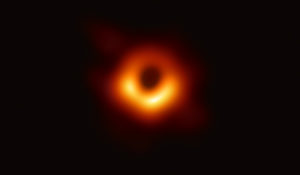Due to an eye treatment, I was unable to see the CNN pictures of the burning Notre Dame Cathedral in Paris. I could hear the commentators describe the event. But what moved me the most was the sound of the hymn singing constantly in the background. At times the announcer was silent. Only the sound of the spontaneous songs, once raised within the Cathedral, were heard accompanying the orange flames of the burning central spire.
Music was the crowd’s expression of shared sorrow. Something spoken words, nor even silence, could adequately express. The hymns were reverent, gentle and even prayerful in response to the ongoing destruction being witnessed. Momentarily helpless as almost ten centuries of human labor and history burned, they shared their individual emotions, together.
Music does transcend ordinary experiences. And it commemorates extraordinary ones. This, for many, is Holy Week, marked by a series of religious services. Maundy Thursday, Good Friday, Tenebrae services, Easter Vigils and finally the triumphal celebration of Easter morning.
Each of these shared observances will be accompanied with sound and song to augment what words alone cannot capture.
Music celebrates a fundamental truth of human experience. It requires both a listener and a musician to be fully realized. None of us is alone, even in moments of extraordinary tragedy or joyful exuberance.
As we observed the destruction of a historical monument, we have also seen the capacity of humans to share their most tender feelings as one. And that is the foundation for a new creation to emerge. Happy Easter.


